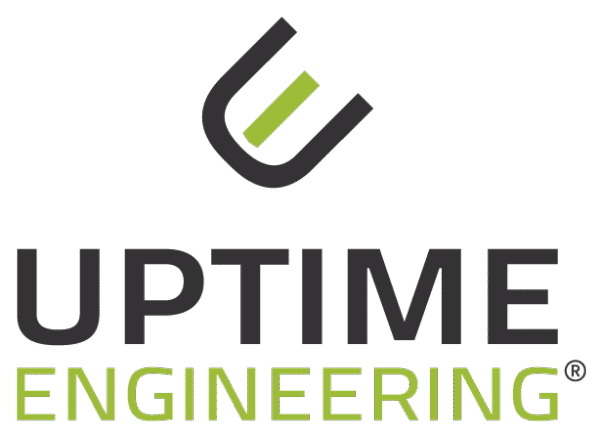
Maximum availability over the enormous service life of trains, construction machinery, large engines and similar systems cannot be achieved by classic simulation and test programs alone. This requires a complementary methodology that exploits the potential of operation and condition-based maintenance (CBM, PDM).
If the uptime of your product is significantly longer than the time span for development, then successful endurance runs usually do not prove the reliability goal. They cover only a fraction of the product’s service life. This problem arises in various B2B industries such as railways, construction machinery, wind turbines and large engines. While, only individual failures can be eliminated by sufficiently accelerated component tests, the comprehensive validation of the durability for these products remains an open topic. With runtimes of up to 50,000 hours or service lives of up to 40 years, a different approach is required for availability than what can be found in the standards.
Durability can be controlled
First of all, it must be clarified for which components the entire service life is required. This is generally only the case for a basic fraction of the system, e.g. for the “5Cs” of a combustion engine or for the bogies of a locomotive. Service parts, such as dampers, brake pads, wheel tires, bearings, etc. naturally have to survive only their service intervals.
In order to achieve high availability over a long service life, it can make technical and economic sense to expand the scope of components to be changed in maintenance. Changes should take place condition based in order to make optimum use of the actual load capacity of the parts. In B2B practice, maintenance volumes are often negotiated between equipment manufacturers and (fleet) operators. With such an agreement, part costs and development costs can be reduced through wider exchange volumes. However, this is at the expense of maintenance costs and times. A total cost analysis in the life cycle is required in order to weigh up these two aspects.
The primary goal remains to keep the system alive. The maintenance process offers considerable possibilities for this.
Data from operation and maintenance are untapped potentials
Durable B2B products are periodically serviced and overhauled. For high availability and durability it is beneficial and cost effective to use the corresponding information. The standard maintenance process provides preventively replaced components that have only partially used up their service life.
Lifetime curves can be derived from these parts using their load histories and/or tests to failure. With this information the damage models are calibrated to provide the correlation between operating load and damage to enable the optimization of the replacement intervals. This is done step-by-step as part of the planned maintenance in order to disturb the process as little as possible.
The load response of the CBM parts is monitored during operation in order to detect indicators of incipient damage and thus prevent failures at an early stage. The combination of damage accumulation and detection of deviations enables maximum utilization of part load capacity with minimum risk of failure. In Uptime HARVEST, this concept is implemented synchronously with the introduction of condition-based maintenance processes (CMB, PDM).
The measures for a long life in good health



You are currently viewing a placeholder content from Facebook. To access the actual content, click the button below. Please note that doing so will share data with third-party providers.
More Information